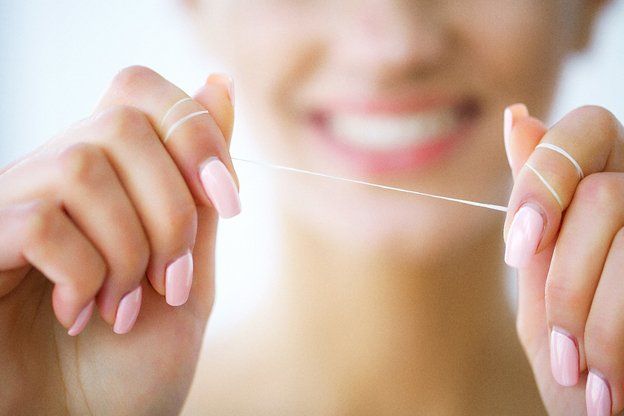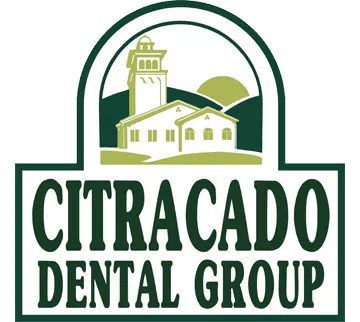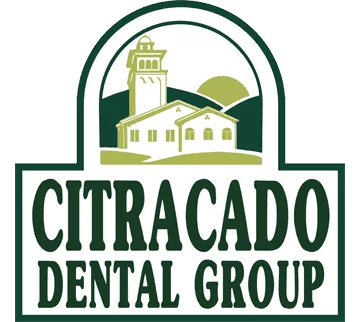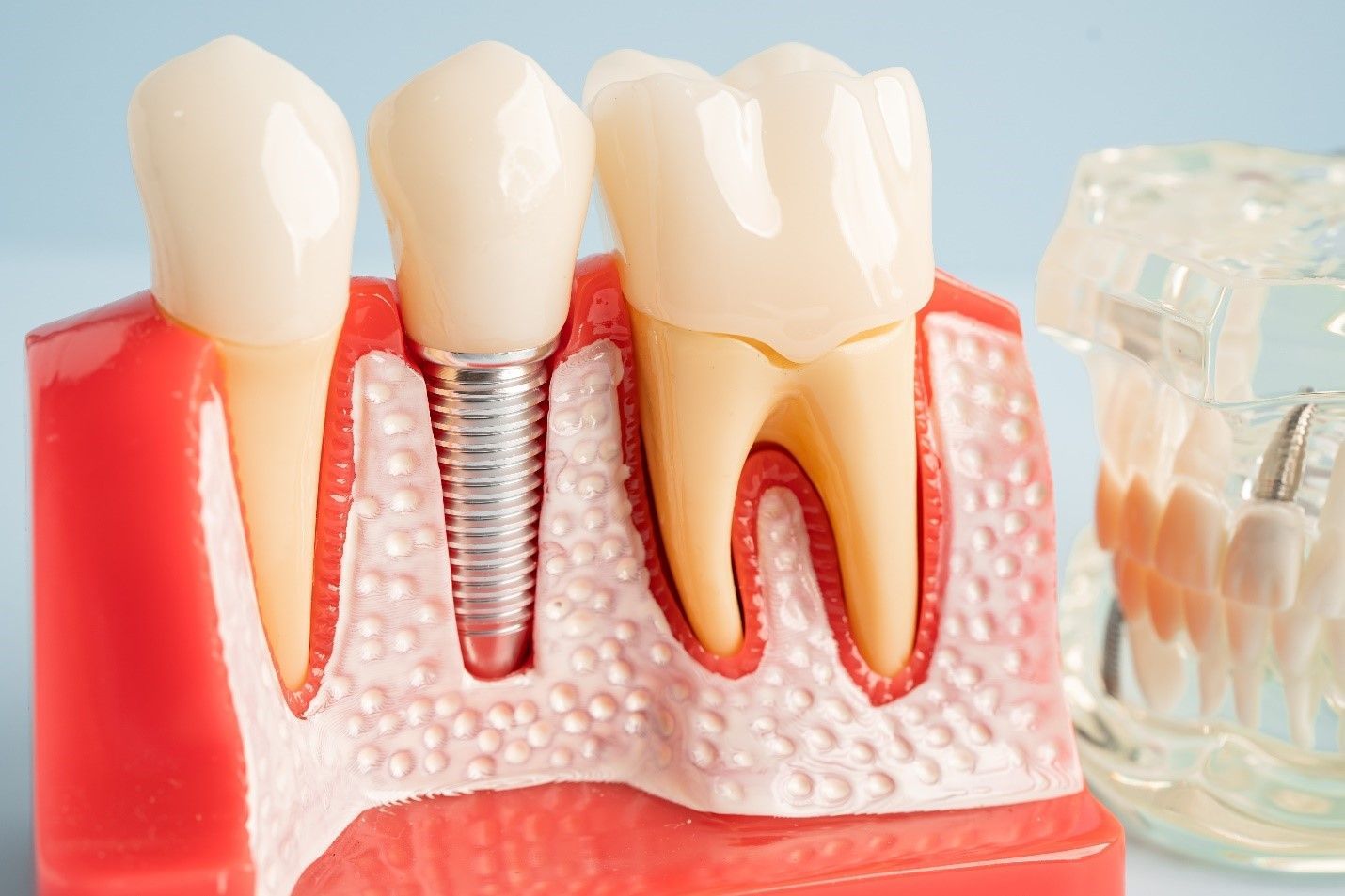FLOSS BETTER WITH THESE 5 EASY TIPS

Everyone can agree that regular flossing is vital to fighting plaque buildup and preventing gum disease.
Even when the federal government released its Dietary Guidelines in 2015, which did not refer to the importance of flossing, dental professionals and their patients didn’t blink.
At the time, there was confusion about whether the consensus on flossing had changed. The omission was deliberate but didn’t interfere with the longstanding recommendation from the Surgeon General that flossing is essential.
Flossing helps prevent tooth decay and gum disease, especially when combined with professional tooth cleaning and toothbrushing.
The American Dental Association classifies interdental cleaning as essential to oral health.
Flossing is a proven way to remove plaque, which contains hundreds of both good and bad bacteria species.
The ADA stresses the importance of proper technique for flossing or other forms of interdental cleaning.
To keep up with your dental health, here are five tips that can help you better reach and clean all areas between your teeth and gums.
Practice proper technique
Unlike learning how to tie your shoes, flossing isn’t taught inside the classroom.
Since it’s a skill you’ll be using for a lifetime, here are some important techniques to keep in mind and practice.
The length of the floss should be about 12 to 18 inches. As a rule of thumb, there should be about two inches of floss to work with once you fasten your grip with your thumbs and index finger.
Gently guide the floss between two teeth and avoid snapping into the gum.
The floss should hug the tooth in a C-shape and move up and down on the surface and under the gumline.
These are just some general tips on proper flossing techniques.
Use other interdental cleaning tools
A Waterpik or Water Flosser can effectively remove plaque and disrupt bacteria using pressurized water.
With daily use, this form of interdental cleaning will improve or maintain good oral health because it can clean hard-to-reach areas inside the mouth.
These instruments are easy to use. Once the device is filled with water and charged, you can run the nozzle along your gumlines to remove plaque and other food debris. Use both the Waterpik and flossing for optimal cleaning.
Brush and floss multiple times
You may brush your teeth at least twice a day, but what about flossing?
While flossing can be time-consuming, it’s essential to do it every time you brush.
If you’re not yet accustomed to flossing, you’ll be happy to know that flossing becomes more enjoyable and even therapeutic the more you do it.
Pick floss that works for you
There are different types of floss, such as nylon or waxed varieties.
People will have different experiences using different kinds of floss. If the floss is tearing as it enters between your teeth, it may be time to switch out the floss type.
PTFE floss is Teflon strong and is shred resistant.
For those who want an environmentally friendly solution, consider silk floss.
Use dental flosser as alternative
If your fingers cramp up when using traditional floss, a dental flosser is a great alternative.
These C-shaped flossers travel well and are convenient and easy to use with just one hand.
And just like regular flossing, it can be used with an up-and-down motion along the surface of the tooth and below the gumline.
They also feature a toothpick on the opposite side, which can remove larger pieces of debris after a meal.
QUICK MENU
RECENT POSTS






